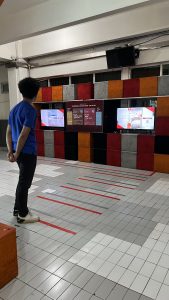To celebrate the selection of candidates for the Thesis of the Year (TOY) and Student’s Design Competition (SDC) of the Architects Regional Council Asia (ARCASIA) 2025 by the Association of Architectural Higher Education in Indonesia (APTARI) and the Indonesian Institute of Architects (IAI), the Undergraduate Architecture Program, Department of Architecture and Planning, Faculty of Engineering, Universitas Gadjah Mada held the TOY & SDC ARCASIA Indonesia 2025 Exhibition.
This exhibition showcases 13 TOY finalists and 10 SDC finalists who were selected through a two-stage process: the regional level by APTARI and the national level by IAI. As the initiator of this exhibition, IAI appointed undergraduate architecture programs at 14 universities across Indonesia, including Universitas Gadjah Mada, as the host of the TOY and SDC ARCASIA 2025 Indonesia exhibition from July 7 to August 8, 2025. Specifically for UGM, the exhibition was extended until mid-August 2025 to welcome the new batch of architecture students. In organizing this exhibition, IAI required participating programs to present works anonymously to maintain fairness in the Asia-level judging process and to design the exhibition in a way that reflects the uniqueness of each university.
In collaboration with the Wiswakharman Student Association (KMTA), the UGM Undergraduate Architecture Program arranged a series of stool boxes—an iconic feature of the Studio—framing two digital displays of the SDC and TOY works. Each display included QR codes that visitors could scan to view the posters in greater detail. Additionally, stool boxes were arranged as seating areas where visitors could relax while watching the exhibition displays, connected by red and gray stripes resembling a zebra crossing aligned with the exhibition layout. Square-shaped elements in dominant red and orange tones symbolized the identity of UGM Architecture, often nicknamed the “Red Brick Campus”since its early days at the mBarek campus.
By utilizing modular stool boxes—existing studio furniture—and minimizing excessive paper use for poster printing, the exhibition design supports sustainability by reducing disposable materials and preventing waste typically generated by conventional methods. More broadly, this exhibition contributes to the implementation of Sustainable Development Goal (SDG) 11: Sustainable Cities and Communities.
The exhibition is strategically located at the north entrance of the Department of Architecture and Planning, Faculty of Engineering, UGM, making it easily accessible for students, lecturers, staff, and visitors. In this way, the exhibition fosters informal yet engaging architectural learning experiences for the public, aligning with SDG 4: Quality Educationand SDG 9: Industry, Innovation, and Infrastructure.


